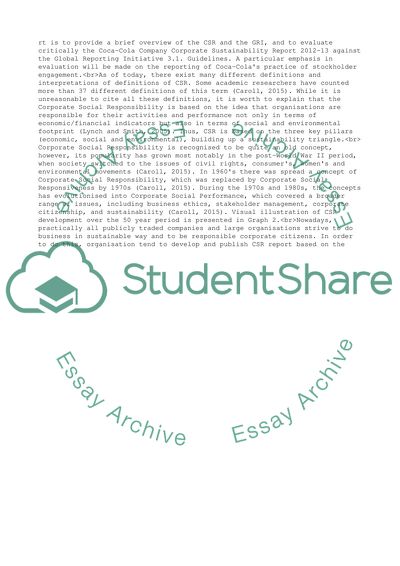Cite this document
(Corporate Social Responsibility Reporting, GRI and sustainability ( Essay, n.d.)
Corporate Social Responsibility Reporting, GRI and sustainability ( Essay. https://studentshare.org/business/1866097-corporate-social-responsibility-reporting-gri-and-sustainability-coca-cola
Corporate Social Responsibility Reporting, GRI and sustainability ( Essay. https://studentshare.org/business/1866097-corporate-social-responsibility-reporting-gri-and-sustainability-coca-cola
(Corporate Social Responsibility Reporting, GRI and Sustainability ( Essay)
Corporate Social Responsibility Reporting, GRI and Sustainability ( Essay. https://studentshare.org/business/1866097-corporate-social-responsibility-reporting-gri-and-sustainability-coca-cola.
Corporate Social Responsibility Reporting, GRI and Sustainability ( Essay. https://studentshare.org/business/1866097-corporate-social-responsibility-reporting-gri-and-sustainability-coca-cola.
“Corporate Social Responsibility Reporting, GRI and Sustainability ( Essay”. https://studentshare.org/business/1866097-corporate-social-responsibility-reporting-gri-and-sustainability-coca-cola.


